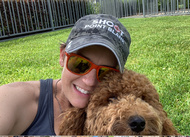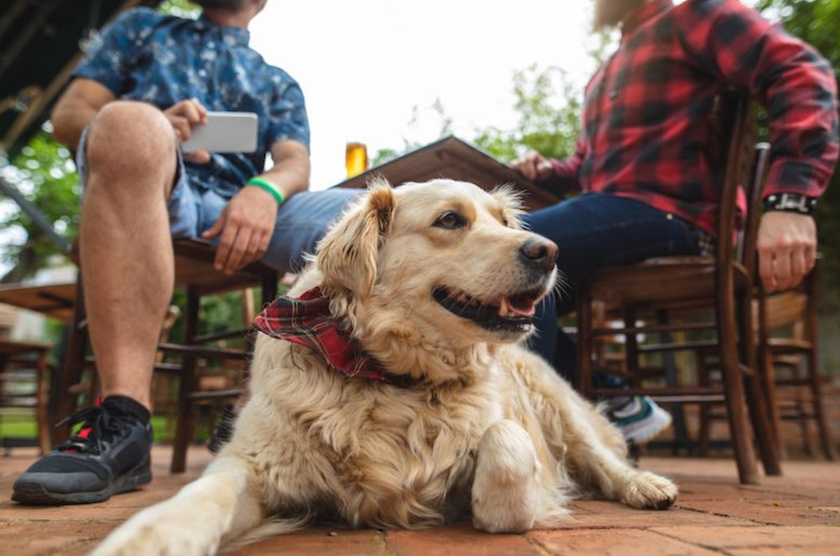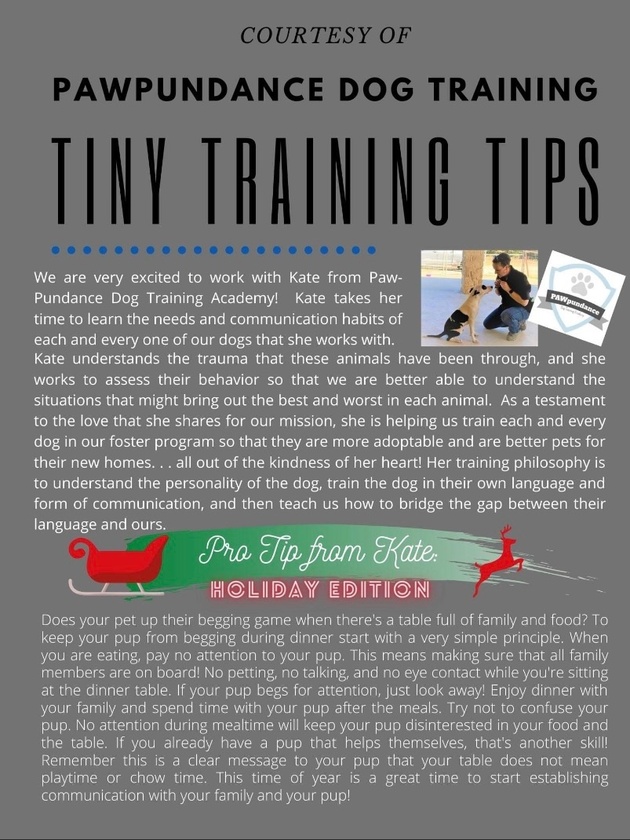
It’s ok! We’re here to help. We speak a little dog and can help translate for both of you. It’s probably just a miscommunication! And we are here to help get you both speaking the same language! Woof!
Connect with the PAWpundance training team and other members of the dog community to discuss better ways to communicate with your furry house guest.
**To get started USE code: TRIAL1month **
Elevator Etiquette for Dogs: Why It Matters
If you live in a city and have a pup, elevator etiquette is essential. Unlike suburban pets, city dogs encounter crowded elevators, and knowing how to navigate these small spaces keeps everyone safe and comfortable.
Waiting for the Elevator
Start with politeness. Many issues arise when dogs meet nose-to-nose at the doors. Stand back a few steps, allow people to exit, and if necessary, ask another passenger to hold the door while you stay out of the way. I have my dog sit or lie down until the elevator is clear. A leash with a traffic handle is helpful; it provides control if safety is compromised. If another dog wants to meet, kindly suggest a dog park for introductions instead.
Entering the Elevator
If others are inside, ask if it’s okay to join. Not everyone is comfortable with dogs, and this courtesy is usually appreciated. As we enter, I block the door to prevent accidental bumps, which can startle or injure smaller dogs. Holding the leash handle ensures it doesn’t snag as we get inside.
Inside the Elevator
I encourage calm, focused behavior, discouraging sniffing of other passengers. If people want to pet the dog, I allow it, but no drooling or licking—especially in the mornings when people are heading to work. In tight quarters, I focus on commands like “leave it” and “down,” practiced beforehand for a stress-free ride.
If another dog is present, I avoid eye contact between them by positioning myself as a buffer. Small spaces are not the place for playing or confrontations—no matter how friendly the dogs are, it’s best to keep a calm distance.
Exiting the Elevator
We stay in the back corner, giving others space. Once the doors open, I make sure the path is clear before disembarking, holding the handle and shielding the door with my hand to ensure safe exit. If another dog is waiting outside, I use my body to create a buffer and minimize eye contact between the dogs, reducing any tension.
Handling Accidents
Living in a high-rise sometimes means racing to get outside in time. If an accident happens, notify the concierge and, if possible, clean it immediately. Carrying paper towels and bags can be a good backup. If you’re gone for long hours, consider a Fresh Patch or hiring a dog walker to help prevent accidents.
For smaller dogs, carrying them on their back can also help avoid accidents in the elevator—they’ll try hard not to soil themselves!
Respecting Our Community
In a high-rise, we live in a shared space, so manners matter. Good elevator etiquette shows respect for others, ourselves, and our dogs. Let’s show our neighbors how wonderful life with a well-mannered pet can be—smile, stay courteous, and let’s set a great example!
Welcome to PAWpundance Dog Training Academy on Locals.com!
We’re thrilled that you’ve joined our community! PAWpundance is a place for positive, dog-loving people to come together, share experiences, and help each other grow. Locals offers an “ad-free experience,” so even a small contribution helps support our tech and keeps our community thriving.
We want to see your furbabies!
We’re here to assist with any questions you may have about training, behavior, and more. At PAWpundance, we believe in blending knowledge with a bit of fun—expect plenty of paws, puns, and maybe even a dance or two! Together, let’s enjoy some laughs and build stronger relationships with our pups.
Our Philosophy:
We’ve invited another species to live in our homes, and our dogs are much more than accessories; they’re our guests. They don’t speak our language, and like in the movie E.T., we don’t want to be the intimidating figures trying to coerce a scared, confused being. Instead, we want to be like ...
Eye Contact, Eye Contact, Eye Contact!
Reward every glance. Start by reinforcing brief glances, then encourage your pup to hold your gaze a bit longer. Gradually phase out your part of the eye contact—your pup will learn to watch you and adapt to your movements naturally. This approach helps them learn to walk with you without relying on leash cues.
Remember, the leash is purely for safety—not for communication.
Take a look at this video with Meghan and Buckee. Buckee is watching Meghan closely, and she rewards him by making eye contact, smiling, and offering treats. Meghan also looks forward occasionally, teaching Buckee to walk with her in sync.
Notice that Buckee is a reactive pup, so the leash is essential for safety, especially if he responds to something unexpectedly. However, it’s only used for physical control when necessary. When Buckee refocuses, Meghan reestablishes instructional control, and they continue their walk together. She does a fantastic job of engaging with him! In ...
Loose-Leash Walking Tip:
Where you reward makes a big difference! Try using the hand on the same side as your dog when giving treats or praise.
When you reach across your body to reward with the opposite hand, it draws your dog’s nose in front of you, encouraging them to move ahead and potentially start pulling.
In the video of Meghan and Domino, Meghan holds the leash with her left hand while Domino walks on her right. She rewards him by petting and giving treats with her right hand. This keeps Domino walking by her side on a loose leash, rather than in front, pulling her along.
Next time you’re out walking with your pup, try rewarding with the hand on the same side as your dog.
https://twitter.com/wholedogjournal/status/1295508215740932098?s=21
How to teach you pup to be a good dining companion! What a great skill!

https://twitter.com/wholedogjournal/status/1292609106637987840?s=21
This is about counter-surfers, but I love the description of trying to shame dogs. This author, Pat Miller helped me understand this concept in her book the Power of Positive Dog Training.
If you’re still on Twitter, the Whole Dog Journal is a great group to follow. Lots of fantastic info!













